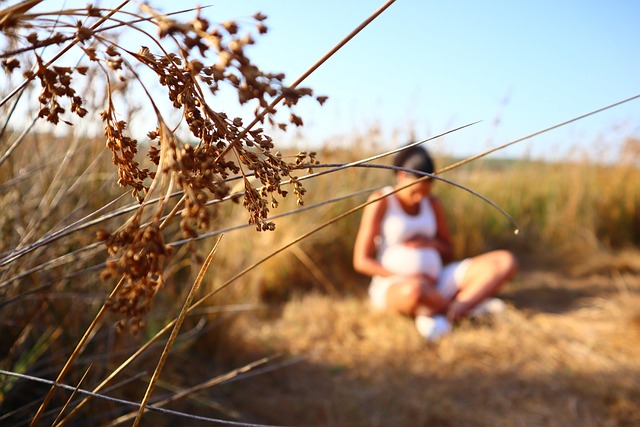For a long time, the idea was met with resistance. “What if we picked out a new rug?” I suggested, gesturing to the worn 8×10 piece adorned with cartoon fire trucks that covered his floor. “And perhaps a stylish lamp to match?” I added, pointing hopefully at the outdated one by his bedside. Each time, he would scrunch up his face and shake his head, as if I were offering him something distasteful.
“Come on,” I’d coax. “I can get you cooler things. After all, you’re eight now.” Then nine, then ten, and now he’s eleven. “I like my things,” was all he would respond, year after year.
It never occurred to me to suggest we tackle the mountain of stuffed animals on his bed. They were off-limits, and honestly, I wasn’t eager for him to grow up, either. However, when the ‘baby’ items in his room began to outnumber the ‘big kid’ things, I worried about the judgmental remarks from peers. Many of his friends, being second or third-born boys, displayed a level of social maturity that my firstborn lacked. I appreciated his innocence, but I didn’t want him to be teased by a snarky ten-year-old.
His reluctance to grow up extended beyond his belongings. Since his third birthday, he would lament the loss of each passing year. Growing older was a painful process for him, and he fought against it, wishing to remain a baby forever.
Seeing him struggle hurt me deeply. I shared his sentiment; I, too, wanted him to stay little and cuddly. But I understood that I needed to help ease his fears. So, while I held him close, I whispered enchanting stories about the adventures he would have at each age, nurturing our bond while subtly preparing him to let go.
When he turned eleven and started middle school, he took a tentative step forward, and I watched with bated breath. The child who once hesitated to cross the street on his own was now confidently walking home with friends. On Fridays, they would roam our town’s main street, filling local pizza and ice cream shops with laughter. It was an exhilarating burst of independence, and my boy was embracing it.
Then came an unexpected turn last night. After the cat had an accident on his rug, we broached the idea of replacing it, and to my surprise, he said, “Okay.” My husband and I exchanged glances, momentarily taken aback, before springing into action. We cleared away toys and clutter, rolling up the old rug with a sense of urgency.
Suddenly, my son surveyed his room and declared, “I don’t think I need all this stuff.” In an instant, years’ worth of papers, trinkets, and little toys were sorted into two bags—one for the trash and the other for storage.
While my husband and son worked diligently, I felt increasingly reflective. I reminded myself this was a good thing, even if it felt sudden. Then came the moment when he looked at his bed and asked, “Should I put away my stuffed animals?” My heart sank. “All of them?” I whispered, but my husband enthusiastically urged, “Yes!”
Ultimately, we left his two most cherished stuffed animals on the bed, packing away the rest in his closet. By 10 PM, his room had transformed; gone were the toddler lamp and the rug, along with the army men, Hot Wheels, and piles of drawings he had created over countless nights. The room now felt distinctly less childlike—except for me, the mother who still saw her baby approaching twelve.
For years, he resisted change, but now it seemed he was ready to embrace growing up a little. This is undoubtedly a positive development, which I’ll fully appreciate once I stop tearing up.
If you’re navigating the complexities of growing up or considering options for starting a family, check out this blog post on home insemination, and for more information on fertility, visit Boost Fertility Supplements. Also, for a comprehensive understanding of intrauterine insemination, see this excellent resource from the Cleveland Clinic.
In summary, watching my son grow up has been a bittersweet journey. As he prepares to step into a new chapter, I’m learning to let go, while cherishing the memories of his childhood.

